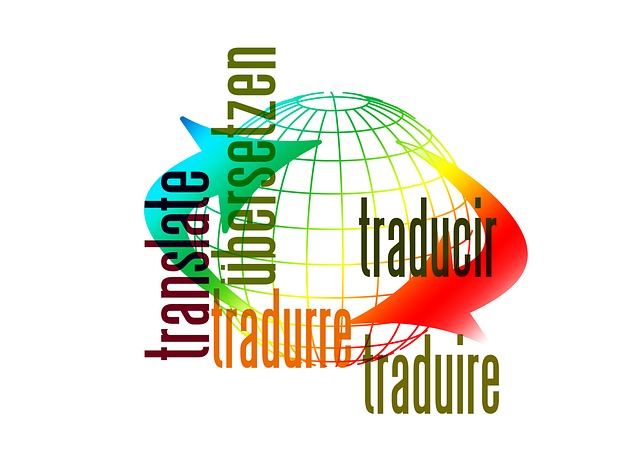The Importance of Transcribing Files
Transcription is the process of converting speech or audio recordings into written or text format. Transcription services are becoming increasingly popular in today’s world, as there are numerous benefits to transcribing files. One of the most significant benefits is the ability to preserve and make accessible spoken content that might otherwise be lost or difficult to access. This is particularly important in contexts such as legal proceedings, medical consultations, and academic research, where having a written record of the spoken word can be crucial.
They way you Transcribe files can also make it easier to analyze and extract useful information from audio content. For example, a researcher studying a focus group discussion may transcribe the audio recording to better understand the themes and patterns that emerge. Similarly, a journalist may transcribe an interview to ensure they have an accurate record of what was said and to pull out quotes for their article.
Factors to Consider when Transcribing Files
Transcribing files can be a challenging task, and there are several factors to consider when undertaking this work. One of the most important considerations is the quality of the audio recording. Poor audio quality can make it difficult to accurately transcribe the spoken word, particularly if there is background noise or the speakers are difficult to understand.
Another key factor is the accent and dialect of the speakers. A transcriptionist must be able to understand the accent and dialect of the speakers to transcribe their speech accurately. This can be particularly challenging if the speakers have a strong accent or use non-standard English.
The speed of the speech can also be a factor. If the speakers talk too fast, it can be difficult to keep up with the transcription and accurately capture everything that is said. Similarly, if the speakers pause frequently or speak in a disjointed manner, it can make transcription more challenging.
Finally, it’s essential to consider the context in which the audio was recorded. For example, if the recording is from a medical consultation, there may be specialized medical terminology that a transcriptionist must understand to transcribe accurately. Similarly, if the recording is from a legal proceeding, there may be legal jargon that a transcriptionist must be familiar with.
The Main Culprits when Transcribing Files
There are several common challenges that transcriptionists face when transcribing files. One of the main culprits is background noise. This can include anything from people talking in the background to traffic noise or other environmental sounds. Background noise can make it difficult to hear and transcribe the spoken word accurately.
Another challenge is speaker identification. If there are multiple speakers in the recording, it can be difficult to identify who is speaking at any given time. This can be particularly challenging if the speakers have similar voices or if they interrupt each other frequently.
Poor audio quality is another common challenge. This can include anything from low volume to distortion or static on the recording. Poor audio quality can make it difficult to understand what is being said and can lead to inaccuracies in the transcription.
Finally, time constraints can be a challenge for transcriptionists. If there is a tight deadline for the transcription, it can be difficult to complete the work accurately and efficiently. This can lead to errors in the transcription and a lower quality final product.
Conclusion
Transcription of files can be a challenging but rewarding task. It is important to consider the quality of the audio recording, the accent and dialect of the speakers, the speed of the speech, and the context of the recording when undertaking transcription work. Common challenges include background noise, speaker identification, poor audio quality, and time constraints. Despite these challenges, transcription can be an essential tool for preserving and analyzing spoken content, and it will continue to be an important service in many industries.
Transcribing files is the process of taking an audio or video recording and accurately converting it into text. It is a beneficial task for those looking to create documents that are accurate to the original recording and quickly accessible.







